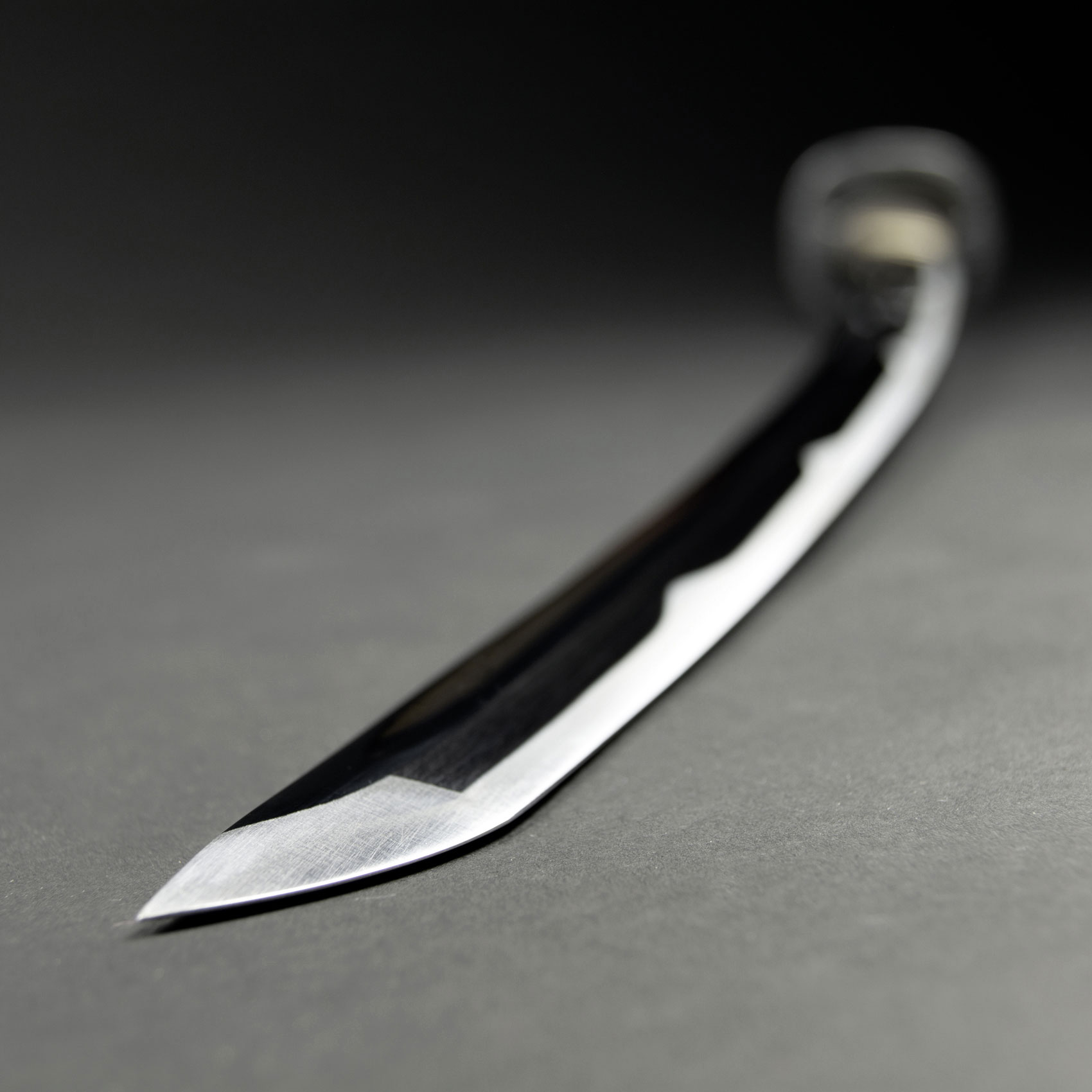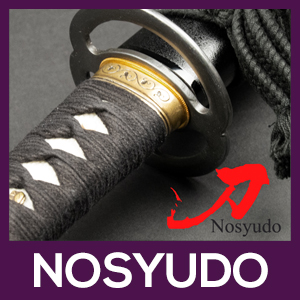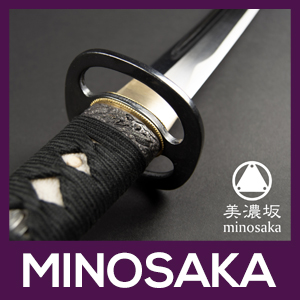Regular maintenance of training equipment is essential for the safety of practitioners. This article is focused on caring for your Iaito, but before checking our recommendations: when in doubt or if you have any problems, TALK TO YOUR SENSEI/SENPAI. We believe that equipment maintenance is part of a Dojo “initiation” and that this shared learning process should be with your Dojo leaders. This post is more of a general guide to the common procedures, as your Sensei might have a certain approach to how they want you to take care of your equipment.
Iaito blades are typically made of a zinc-aluminium alloy, polished and finished with a chromium coating. As Iaito don’t have high carbon steel blades, they don’t need exhaustive care routines. The blade condition wouldn't usually deteriorate even if unattended for a while, but the finish can become tarnished if they come into contact with water. For everyday maintenance, perform a simple visual inspection to make sure there are no chips or signs of damage and, if the blade shows any signs of dampness, be sure to wipe it dry with a soft cloth before re-oiling according to the process outlined below.
The first check, and one of the most important, is to inspect the Mekugi before and after every practice. It must not be loose under any circumstances. If the peg were to fall out, the blade could come free with a fast movement and project the blade forward at high speed. If you need to replace the Mekugi, consult with your Sensei first as there are details of the procedure that need special care, depending on the model and manufacturer of the sword.
Next, check if your sword assembly is tight or if it is making any rattling sounds. If the Tsuba has become loose it would need to be adjusted as you can see in our tutorial HERE. Please note that we DO NOT recommend taking apart your Iaito, unless you are experienced and it is really necessary to do so. If you are unsure always seek expert advice.
For regular cleaning, use a soft cloth with a light application of sword oil to gently wipe the blade. The aim is to remove any light detritus from the blade and apply a thin layer of oil that can facilitate free movement through the hands and in the Saya. Avoid applying excess oil that could soak and consequently damage the wood of the scabbard when storing the sword. Uchiko powder should not be applied to zinc-alloy blades as the powder, though only mildly abrasive, can scratch the coating and wear down the chromium finish.
It is normal that with use, the Koiguchi grip will slowly loosen in its interaction with the Habaki. A simple technique to improve Koiguchi grip is to glue, and then file back, a small, thin piece of veneer (like a sheet of paper) close to the Saya opening to subtly decrease the aperture. Check out our video tutorial for a detailed breakdown of the process:
Other than direct maintenance, there are a myriad of ways you can help to prolong the life of your Iaito:
The sword should be protected by a soft cloth lining bag, normally provided by the manufacturer (like all our stock and custom Iaito), even when inside an outer carry case. This will help to avoid scratches and minor damage. It is equally important to invest in a good quality carry case, ideally one which is padded (like our IB-4 and IB-7 models) so the sword is suitably protected during transit.
Always avoid leaving the sword standing up on end (leant against a wall for example) and especially so with the tip of the blade pointing to the floor, as the weight will be forcing the Koiguchi contributing to its wear and if the sword falls, the mouth of the Saya could be seriously damaged. Best practice is to lay the sword on the floor on a protective surface, such as the lining bag itself. The typical etiquette is usually for the blade to be facing a wall (and positioned close to it as not to be trampled on) and, when possible, the Tsuka pointed toward Shomen. That sort of detail might well vary from Dojo to Dojo.
Take care not to use your sword with hands covered in moisturising cream or equivalent. Before training, wash your hands with mild soap and water.
A way to preserve the firmness of the lock between of the sword and sheath is by using a Koiguchi protector between the Tsuba and the mouth of the Saya (check out our SC-12). It prevents the Habaki from wearing out the Koiguchi when the sword is not in use, and from applying extreme pressure on the Koiguchi if the Iaito receives an impact.
Under no circumstances leave the sword in the trunk of the car, especially if it is exposed to the sun. Intense heat can make the materials swell and potentially ruin your equipment.
Again, when in doubt or if you have any problems, talk to your Sensei/Senpai. They are there to help with your Iaido journey and it’s always better to follow your teachers way.
You can find everything you need for sword maintenance and other Iaido accessories HERE.
If you are still searching for a Iaito yourself, choose a reputable supplier. All Iaito Nine Circles supply are first and foremost practical training tools. Our customers can buy with confidence that they are using swords used by the international Iaido community for decades.
CHECK OUR IAITO MODELS
Before you buy a training sword, we highly recommend discussing this process with your Sensei. You would often need to confirm if you are ready to move on to an Iaito and if they have any preferences on length, weight or style which would be suitable for you.
If you need advice or information on our range of training swords, don’t hesitate to get in touch for assistance.



